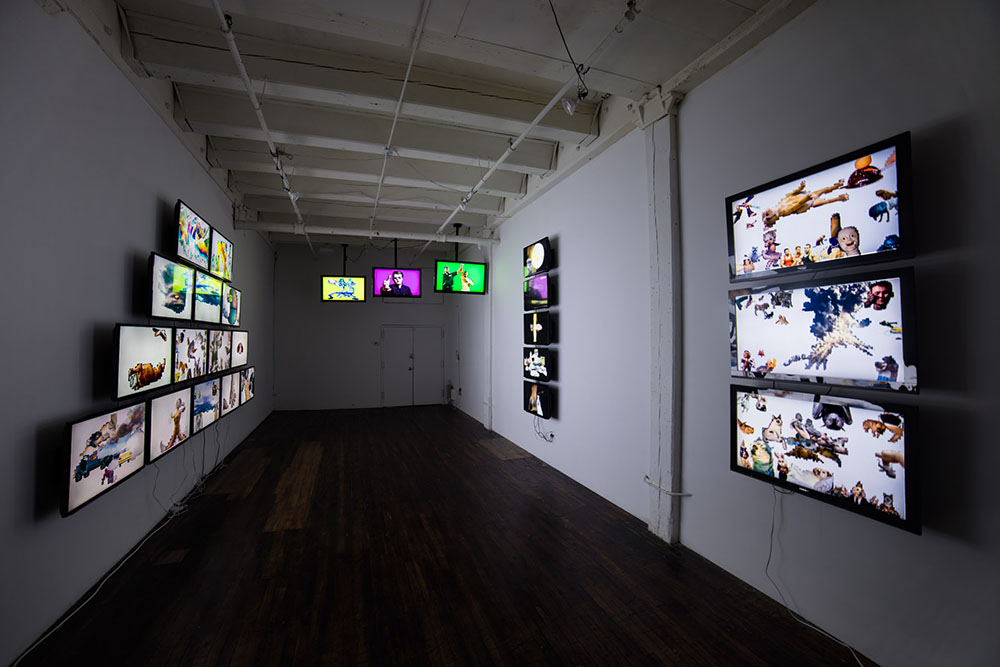Three connections between photography and children:
1. Children, like photography, will react to whatever you do, even things you didn't mean to do. If you accidentally cuss in front of a child, they will probably repeat the word continuously and at the most inopportune moments. If a leaf accidentally falls into frame while you are taking a photo, the camera will probably focus on it and blur whatever you were originally photographing. Therefore, you must pay attention to how you interact with children and act appropriately. You must also pay attention when taking a photograph to everything that may affect the photo and act accordingly.

2. Children will believe whatever you tell them and you can convince them with small gestures. Tell them a fairy takes their baby teeth away when they leave them under their pillows and all you have to do is leave a a coin in its place to convince them. Although photography is a medium that is known for being able to accurately depict real life, small tricks can allow you to create visual lies. By playing with perspective, photographs can be taken that make it look like figures are holding incredibly heavy things, but in reality they are just farther away and lined up perfectly.

3. Children are unique and they are not afraid to show their differences. Each child has their own favorite color, favorite food, and favorite book. Each child has their own dislikes and fears and dreams. Likewise, photography can be used in numerous unique situations. Unlike painting or sculpture, photography can be used in more unique locations and situations than almost any other art form. Photos can be taken while walking on a tightrope, hang-gliding, and even in space.
Sources:
http://pelfind.net/photo/152804p2917965/selective-focus-photography
https://www.pinterest.com/tatersandtots/illusions-and-trick-photography/
http://flymorningside.kittyhawk.com/adventures/tandem-hang-gliding-lessons/




